Congratulations Abishek J...
BBA 2020-2023
Time spent on Library for the month May 2023: 268 Minutes.
Congratulations Abishek J...
BBA 2020-2023
Time spent on Library for the month May 2023: 268 Minutes.
World Milk Day, observed every year on 1st June, was created in the year 2001 by Food and Agriculture Organisation (FAO) of the United Nations (UN) to promote the consumption and benefits of milk around the world. The goal of this day is to provide us with a chance to raise awareness of and support in any manner possible initiatives related to the dairy industry.
According to worldmilkday.org, the theme of World Milk Day 2023 is “Showcasing how dairy is reducing its environmental footprint, while also providing nutritious foods and livelihoods.”

This day offers a chance to raise awareness of milk among people all over the world. The purpose of the day is to increase public knowledge of the value of milk in a balanced diet, as well as how it helps communities and livelihoods. The FAO estimates that the dairy industry supports more than one billion livelihoods and that more than six billion people around the world eat dairy products.
The Food and Agriculture Organisation of the United Nations established World Milk Day in 2001 as a means to acknowledge the significance of milk as a worldwide food source and to honour the dairy sector. World Milk Day was chosen as June 1 as the date was influenced by the existence of national milk days celebrated by several countries around this time. Initially, late May was considered as a potential date, but certain countries, such as China, expressed concerns about having multiple celebrations within that month. Consequently, June 1 became the preferred choice for most nations to observe World Milk Day, although some opt to hold their festivities a week or so earlier or later than this specific date.
The southern states of Kerala, Tamil Nadu, and Telangana emerged as the top performers among the larger states in the NITI Aayog’s annual health index for the Covid year of 2020-21. Among the smaller states, Tripura ranked the highest, while Delhi ranked at the bottom among the Union territories.
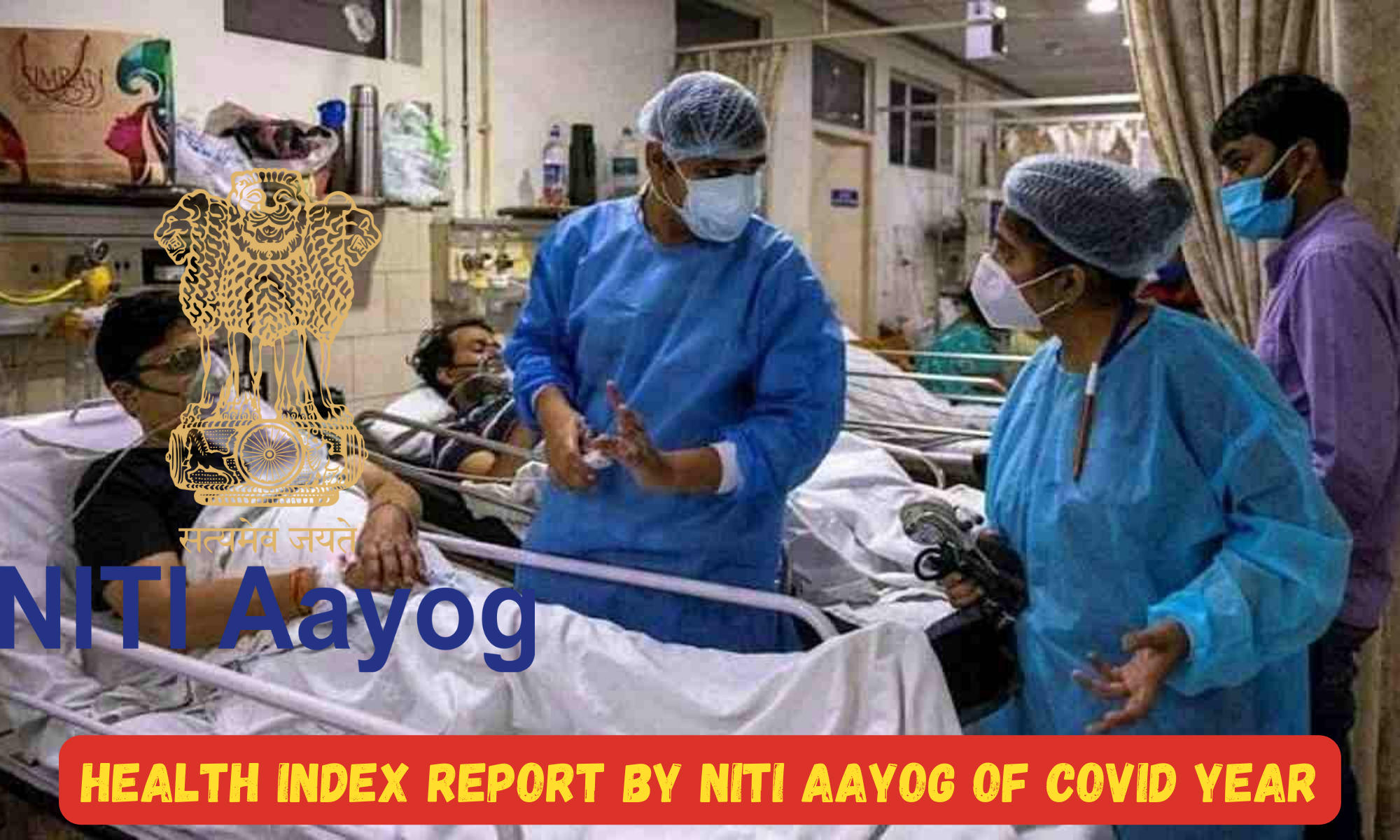
Architectural Design and Construction: The construction of the new Parliament building is being undertaken by Tata Projects Limited, with the design by HCP Design Planning and Management Private Limited. The total area for construction is 64,500 sqm, creating a modern architectural marvel in the heart of Delhi.
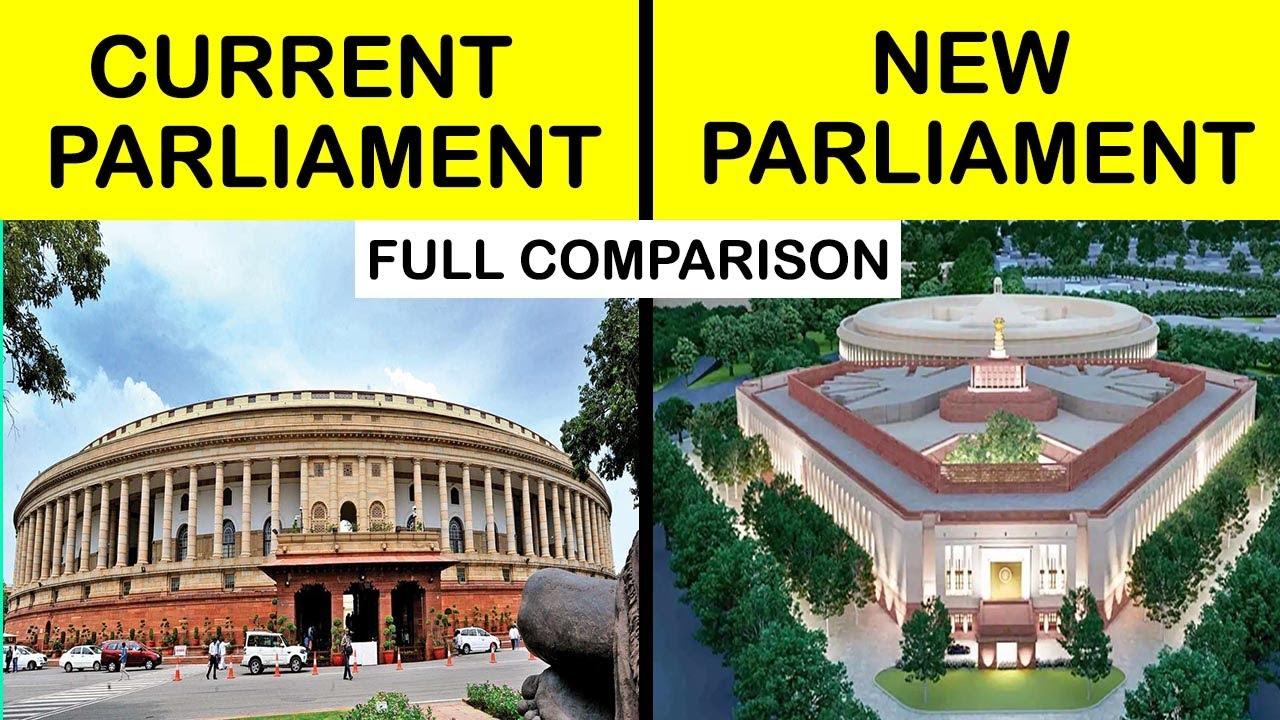
On May 28, 2023, Prime Minister Narendra Modi officially opened the new Parliament building. He arrived at Gate No. 1, wearing traditional attire, and was greeted by Lok Sabha Speaker Om Birla. Accompanied by priests from Karnataka’s Shringeri Math, the Prime Minister participated in a ceremonial “Ganapati Homam” to seek divine blessings for the inauguration of the new Parliament building. Vedic chants added a spiritual atmosphere to the occasion.
PM Modi, Lok Sabha Speaker Om Birla, Union Ministers and CMs of different States attend a multi-faith prayer meeting under way at the new Parliament building. PM Narendra Modi felicitates the workers who helped in the building and development of the new Parliament House.

Chennai Super Kings (CSK) clinched their fifth Indian Premier League (IPL) title, equaling a record with Mumbai Indians. They secured a five-wicket victory over the Gujarat Titans (GT) amidst a backdrop of fireworks and jubilant celebrations. CSK’s captain, Dhoni, received the IPL trophy and subsequently handed it over to Rayudu and Jadeja. Opting to bat first, the Gujarat Titans managed to score 214 for four, with B Sai Sudharsan playing an outstanding innings of 96 runs off 47 balls. However, due to the rain interruption, CSK’s target was adjusted to 171 runs to be chased in 15 overs.
Due to heavy rainfall, the final match scheduled for Sunday was postponed to the reserve day, which was Monday. Ultimately, Chennai Super Kings (CSK) emerged victorious over the defending champions, utilizing the Duckworth-Lewis-Stern Method. In a thrilling encounter at a packed Narendra Modi Stadium, CSK successfully completed their task on the final ball. This match holds significance as it potentially marks the last appearance of the legendary Mahendra Singh Dhoni in the T20 league.
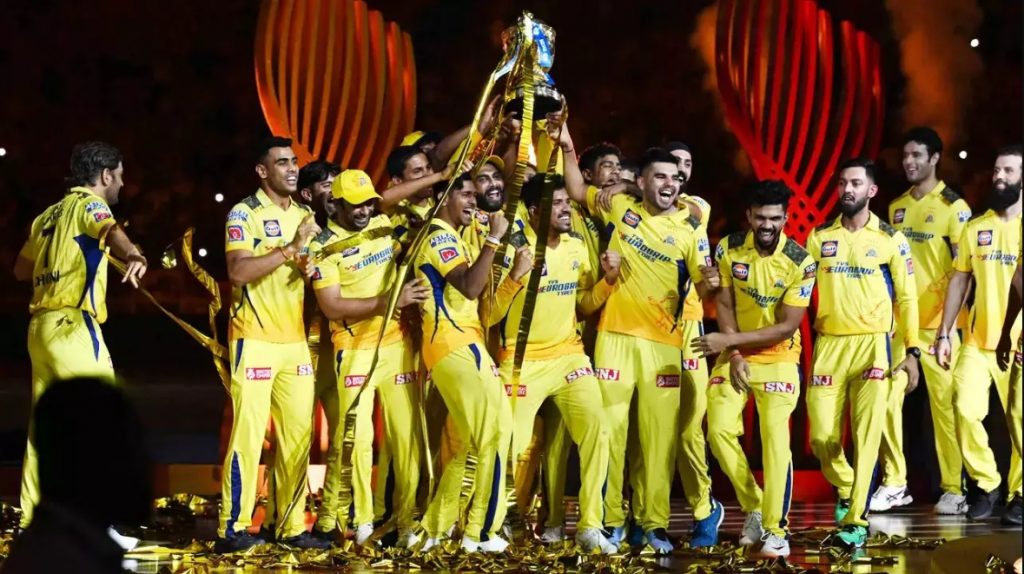
Former India cricket captain and ex-BCCI chief Sourav Ganguly was roped in as the brand ambassador for Tripura Tourism. Ganguly expressed his willingness to be the brand ambassador for Tripura tourism after the state’s Tourism Minister Sushanta Chowdhury met him at his residence in Kolkata. Ganguly’s selection as the brand ambassador for Tripura Tourism is expected to draw significant attention to the state’s unexplored tourist destinations.
The Tripura government is confident that Ganguly will be a successful brand ambassador for the state. They believe that his popularity and charisma will help to attract more visitors to Tripura and boost the tourism industry. The announcement came after Tourism Minister Sushanta Chowdhury met Ganguly at his residence in Kolkata along with state officials, and discussed the proposal. Tripura Chief Minister Manik Saha, who had earlier spoken to the former ace cricketer, expressed his confidence that Ganguly’s involvement will greatly benefit the tourism sector.
It became a full-fledged state of India in 1972. Tripura lies in a geographically isolated location in India, as only one major highway, National Highway 8, connects it with the rest of the country. Five mountain ranges — Hathai Kotor, Atharamura, Longtharai, Shakhan and Jampui Hills — run north to south, with intervening valleys; Agartala, the capital, is located on a plain to the west. The state has a tropical savanna climate, and receives seasonal heavy rains from the south west monsoon.
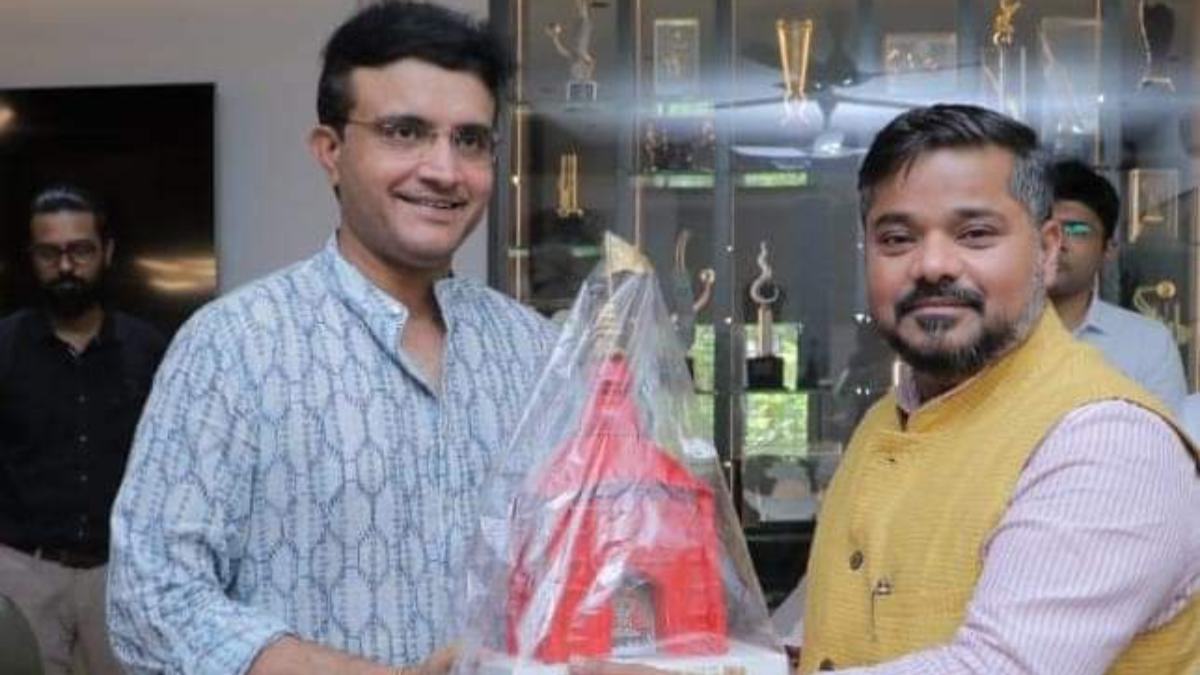
Important takeaways for all competitive exams:
India’s presidency of the Group of Twenty (G20) holds immense significance as it assumes a central role in shaping global economic policies and addressing critical global challenges. As a platform that brings together the world’s major economies, the G20 represents a unique opportunity for India to lead global discussions and drive impactful change.
The logo and theme chosen for India’s G20 Presidency play a crucial role in conveying the nation’s vision, priorities, and commitment to fostering global cooperation. In this article, we explore the logo and theme of India’s G20 Presidency, highlighting their significance and relevance. The logo, along with the chosen theme, represents India’s commitment to inclusive and sustainable development, as well as its desire to contribute meaningfully to the global economy and address pressing global challenges.
The logo chosen for India’s G20 Presidency captures the essence of unity and progress. It comprises a harmonious blend of elements that reflect India’s rich cultural heritage and its commitment to inclusive development. The logo prominently features the iconic Ashoka Chakra, a symbol of peace, progress, and eternal motion, at its center.
The vibrant colors used in the logo represent diversity and inclusivity, reflecting India’s ethos of unity in diversity. Additionally, the design incorporates motifs inspired by Indian art forms, symbolizing the nation’s creative spirit and cultural vibrancy. The logo’s elegant and contemporary design signifies India’s vision for a modern and progressive world.
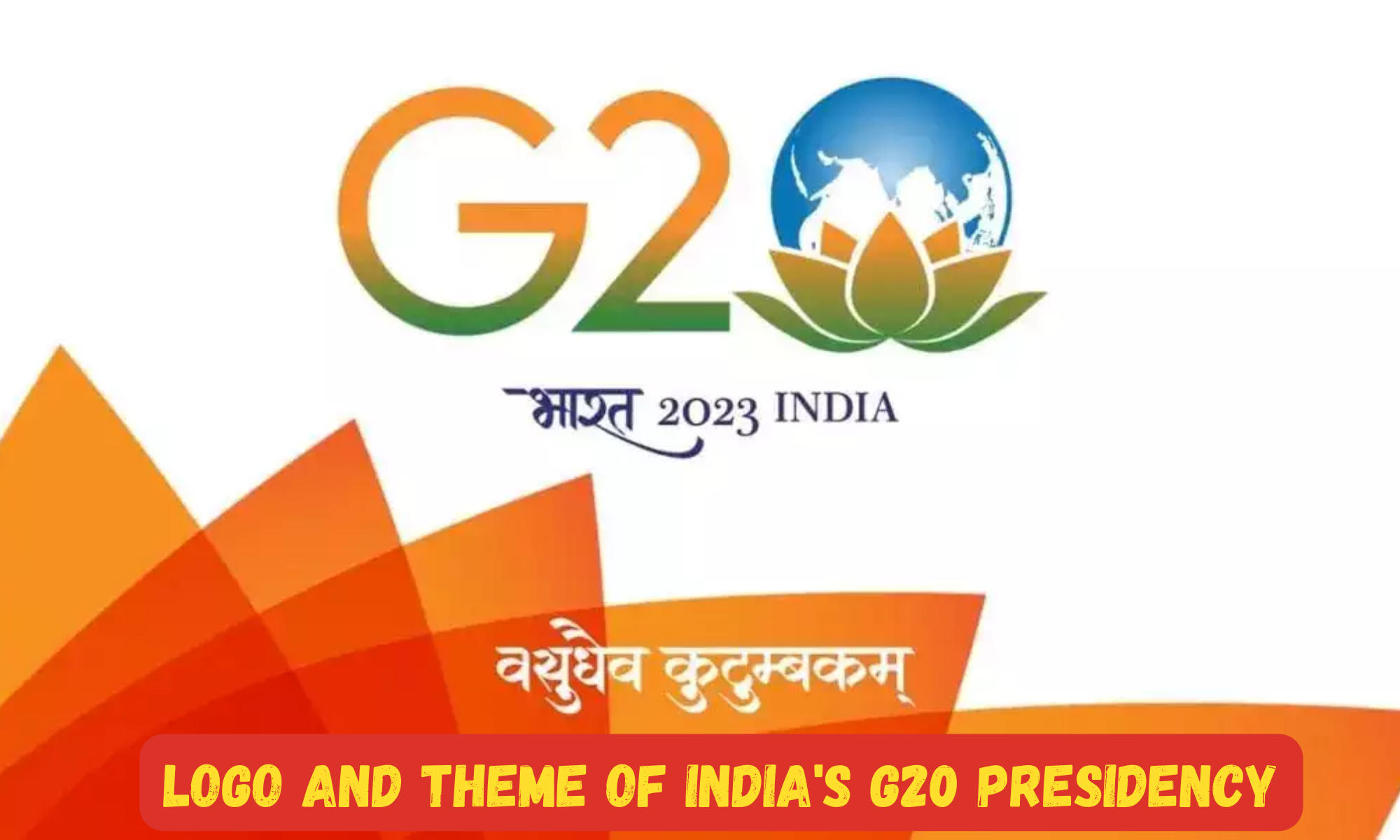
The Ministry of Parliamentary Affairs is planning to host a two-day National Workshop on the National e-Vidhan Application (NeVA) on May 24th and 25th, 2023. The workshop will take place at the Convention Hall, The Hotel Ashok, in New Delhi. The main objective of this workshop is to promote the adoption of the NeVA platform by all State and Union Territory Legislatures. By utilizing technology, the aim is to bring transparency, accountability, and responsiveness to their legislative proceedings.
NeVA is part of the “Digital India Programme” initiated by the Government of India and is classified as one of the 44 Mission Mode Projects (MMPs). Its purpose is to eliminate the need for paper-based operations in all State Legislatures, transforming them into digital entities. Currently, 21 State legislatures have signed a Memorandum of Understanding to implement NeVA.
Funding has been allocated for 17 Legislatures, and they have received the necessary funds to implement the project. Among them, 9 Legislatures have successfully transitioned to a fully digital and paperless system, operating entirely on the NeVA platform for all their legislative activities.
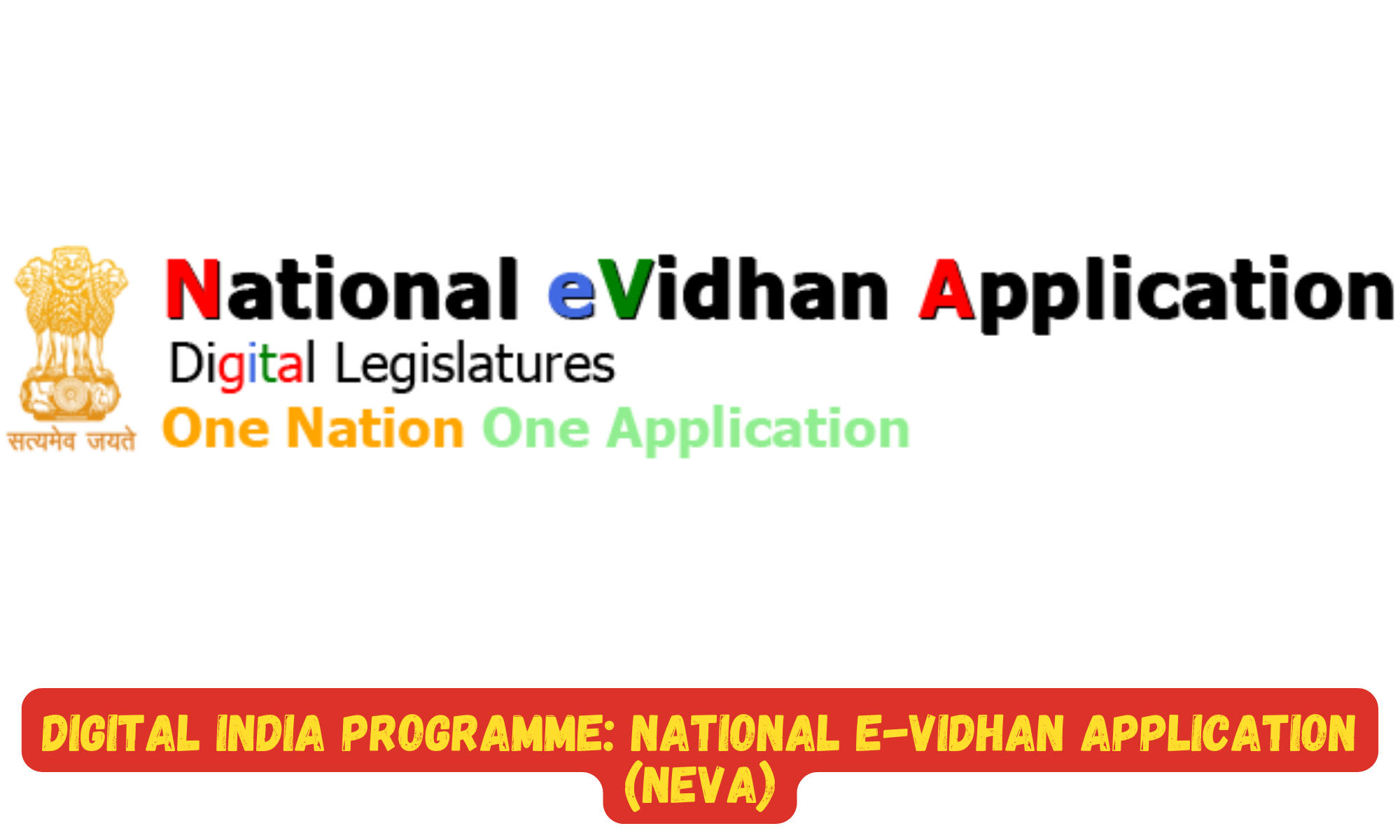
The National e-Vidhan Application (NeVA) is a centralized web-based application that digitizes the functioning of state legislatures in India. It aims to facilitate paperless proceedings, promote transparency, and streamline legislative processes. NeVA acts as a one-stop solution for lawmakers, enabling them to access various legislative documents, participate in discussions, and efficiently manage legislative operations.
NeVA offers a range of features that enhance the efficiency and transparency of legislative processes:
a. Document Management System: NeVA provides a secure and centralized repository for storing and managing legislative documents such as bills, reports, proceedings, and committee reports. This digital platform eliminates the need for physical copies, reducing paperwork and associated costs.
b. e-Notices and e-Tablets: NeVA enables the issuance of e-notices to legislators regarding upcoming events, sessions, and committee meetings. It also provides e-tablets to lawmakers, replacing traditional paper-based documentation. This digital transition improves accessibility and convenience.
c. Electronic Voting System: The application includes an electronic voting system that allows legislators to cast their votes electronically during debates, discussions, and voting sessions. This feature eliminates manual counting, reducing the possibility of errors and enhancing the efficiency of decision-making.
d. Real-time Information Dissemination: NeVA ensures real-time dissemination of information, making legislative proceedings accessible to the public. It offers live streaming of sessions, committee meetings, and events, fostering transparency and increasing citizen engagement in the democratic process.
The implementation of NeVA brings numerous advantages to the legislative ecosystem in India:
a. Improved Efficiency: NeVA streamlines legislative processes, reducing paperwork, and automating several tasks. It enables lawmakers to access and manage documents digitally, saving time and enhancing overall efficiency.
b. Enhanced Transparency: NeVA promotes transparency by providing citizens with easy access to legislative proceedings. The live streaming feature allows citizens to witness debates and discussions, fostering accountability and trust in the democratic process.
c. Cost and Resource Optimization: NeVA significantly reduces the costs associated with printing, distribution, and storage of physical documents. The digital platform also minimizes the need for physical infrastructure, making it an environmentally friendly and cost-effective solution.
d. Seamless Collaboration: NeVA facilitates seamless collaboration among legislators, enabling them to work together on documents, share insights, and exchange ideas. This feature encourages effective decision-making and promotes a participatory legislative process.
The implementation of NeVA has witnessed success in several states across India. As of now, 15 state legislatures have adopted the application, and efforts are underway to encourage its adoption in all state legislatures. The success of NeVA has paved the way for digital transformation in the legislative domain, establishing it as a crucial pillar of the Digital India Programme.
Following are the benficiaries of National e-Vidhan Application (NeVA):
The funding for NeVA is primarily sourced through the Digital India Programme, which is supported by the Government of India. The initiative involves collaboration between the central and state governments, with the central government providing financial assistance to the states for the implementation and maintenance of NeVA. The allocation of funds takes into account the infrastructure requirements, training programs, and ongoing support services. Additionally, public-private partnerships and collaborations with technology firms are encouraged to leverage expertise and resources.
The National e-Vidhan Application (NeVA) stands as a testament to India’s commitment to digital transformation and efficient governance. By leveraging the power of technology, NeVA brings transparency, efficiency, and accessibility to legislative processes. As NeVA continues to expand its reach across the country, it strengthens the vision of a Digital India, ensuring that the nation’s governance evolves with the digital age.
The University Grants Commission (UGC) has introduced a new program called ‘NEP SAARTHI – Student Ambassador for Academic Reforms in Transforming Higher Education in India’ with the aim of involving students in the implementation of the National Education Policy (NEP) 2020.
The UGC has requested vice chancellors, directors, and principals of Higher Education Institutions (HEIs) to nominate three students from their respective institutions to be considered as NEP SAARTHIs. The nominations should include a justification and a brief description. The UGC intends to create an environment where students can actively engage and effectively utilize the provisions of NEP 2020
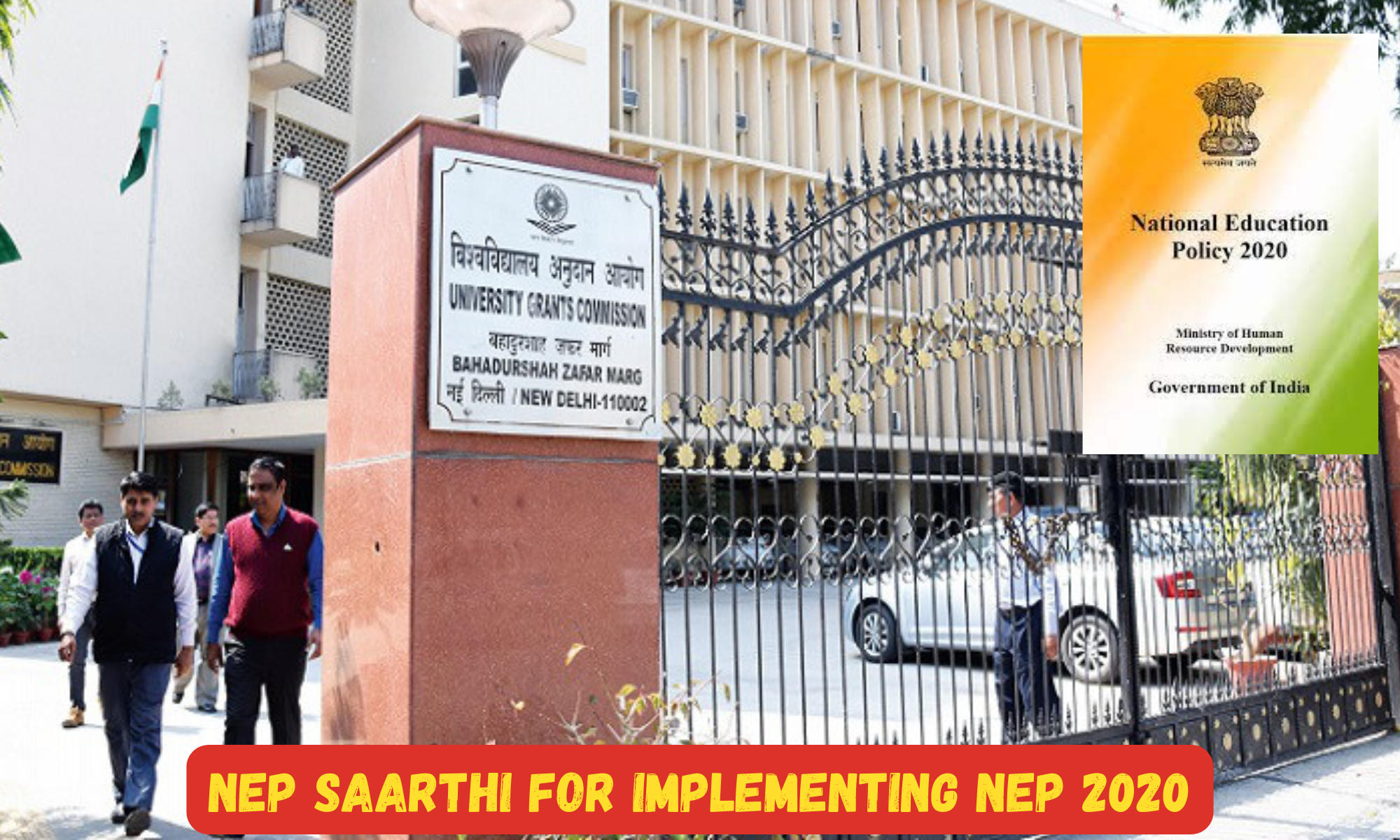
Out of the nominations received, the UGC will select 300 NEP SAARTHIs and notify the chosen students. The selected students will receive orientation and guidance on how to fulfill their roles effectively in a hybrid mode. Nominations for the program will remain open until June, and the NEP SAARTHIs will be announced in July, along with the orientation program.
As a recognition, the NEP SAARTHIs will receive a certificate, be acknowledged on the UGC’s official social media platforms, and receive invitations to all relevant online events organized by the UGC. Additionally, they will have the opportunity to publish an article in the UGC newsletter.
The National Education Policy (NEP) 2020, introduced by the Government of India, is a visionary and comprehensive framework that aims to revolutionize the country’s education system. Built upon the principles of accessibility, equity, quality, and employability, NEP 2020 sets forth a roadmap for transforming India into a knowledge-driven society. With its student-centric approach and emphasis on holistic development, NEP 2020 has the potential to reshape the future of education in the country.
1. Holistic and Multidisciplinary Education:
One of the key highlights of NEP 2020 is its focus on holistic and
multidisciplinary education. The policy recognizes that education is not
just about imparting knowledge but also about fostering critical
thinking, creativity, and social-emotional skills. It encourages a
multidisciplinary approach, enabling students to explore diverse fields
and develop a well-rounded perspective. By integrating arts, humanities,
and vocational education into the curriculum, NEP 2020 equips students
with a broad range of skills, preparing them for the complexities of the
modern world.
2. Flexible and Multilingual Education:
NEP 2020 aims to provide flexibility in the choice of subjects and
learning paths for students. It introduces a 5+3+3+4 structure,
replacing the traditional 10+2 system, where the foundation stage (ages
3-8) focuses on play-based and activity-based learning. The policy also
emphasizes the importance of mother tongue and regional languages in
early education, ensuring a strong foundation in the first language
while promoting multilingualism. By acknowledging the diversity of
languages and cultures across India, NEP 2020 preserves linguistic
heritage while fostering a sense of inclusivity.
3. Technology Integration and Digital Learning:
Recognizing the transformative potential of technology, NEP 2020 places
significant emphasis on digital learning and technology integration in
education. It envisions the establishment of a National Educational
Technology Forum (NETF) to facilitate the use of technology in teaching,
learning, and assessment. The policy promotes the creation of digital
infrastructure, open educational resources, and e-learning platforms,
enabling access to quality education across geographies. By leveraging
digital tools and resources, NEP 2020 paves the way for personalized
learning experiences and equips students with digital literacy skills
essential for the 21st century.
4. Teacher Empowerment and Professional Development:
NEP 2020 recognizes the crucial role of teachers in shaping the future
of education. The policy emphasizes the importance of teacher
empowerment and professional development through training programs,
mentoring, and continuous learning opportunities. It aims to transform
teaching into a vibrant and respected profession by improving
recruitment processes, promoting merit-based incentives, and encouraging
teachers’ involvement in policy decisions. By nurturing skilled and
motivated educators, NEP 2020 seeks to enhance the overall quality of
education in the country.
5. Promoting Research and Innovation:
NEP 2020 places a strong emphasis on research and innovation in the
education ecosystem. It envisions the establishment of research
foundations, fostering collaborations between academia, industry, and
research institutions. The policy encourages the integration of
research-based learning into the curriculum, promoting critical
thinking, problem-solving, and a spirit of inquiry among students. By
fostering a culture of innovation, NEP 2020 aims to position India as a
global hub for cutting-edge research and technological advancements.
It is essential to remember that the successful implementation of NEP 2020 is a long-term process that requires sustained efforts, collaboration, and adaptability. As the education landscape evolves, the policy should remain responsive and open to incorporating emerging trends and technologies.
NEP 2020 heralds a new era for India’s education system, aiming to equip students with the skills, knowledge, and values necessary to thrive in a rapidly changing world. By prioritizing holistic development, technology integration, and research-driven learning, the policy lays a strong foundation for India’s educational growth and societal progress. With effective implementation and sustained commitment, NEP 2020 has the potential to bring about a significant transformation in India’s education landscape and empower future generations.
World Day for Cultural Diversity for Dialogue and Development, also known as Diversity Day, is an annual celebration held on May 21st. Its purpose is to recognize and value the cultural diversities that exist among countries, regions, and individuals worldwide. This day carries significant importance due to the fact that a considerable portion of the world’s major conflicts stem from cultural differences. It highlights the urgent need for the United Nations and the United Nations Educational, Scientific and Cultural Organization (UNESCO) to address these conflicts and work towards achieving their primary objective of promoting global peace.
The purpose of the World Day for Cultural Diversity is to celebrate the richness of the world’s cultures and to promote intercultural dialogue. The day also aims to raise awareness of the importance of cultural diversity for peace and sustainable development.
In 2001, UNESCO adopted the Universal Declaration on Cultural Diversity. Next, in December 2002, the UN General Assembly, in its resolution 57/249, declared May 21 to be the World Day for Cultural Diversity for Dialogue and Development, and in 2015, the Second Committee of the UN General Assembly unanimously adopted the resolution on Culture and Sustainable Development A/C.2/70/L.59, affirming culture’s contribution to the three dimensions of sustainable development, acknowledging further the natural and cultural diversity of the world, and recognizing that cultures and civilizations can contribute to, and are crucial enablers of, sustainable development.
Important takeaways for all competitive exams:
India has taken an initiative to aid those affected by Cyclone Mocha in Myanmar by launching “Operation Karuna.” On May 18th, three ships, namely Indian Naval Ships Shivalik, Kamorta, and Savitri, arrived in Yangon with emergency relief material such as food supplies, tents, essential medicines, water pumps, portable generators, clothes, and hygiene items.

According to reports, Siddaramaiah is set to become the next chief minister of Karnataka, with DK Shivakumar as his deputy. The decision was reached by the Congress party, with both leaders agreeing to a rotational arrangement. Siddaramaiah will serve as the chief minister for a period of 2.5 years, after which Shivakumar will take over the position.
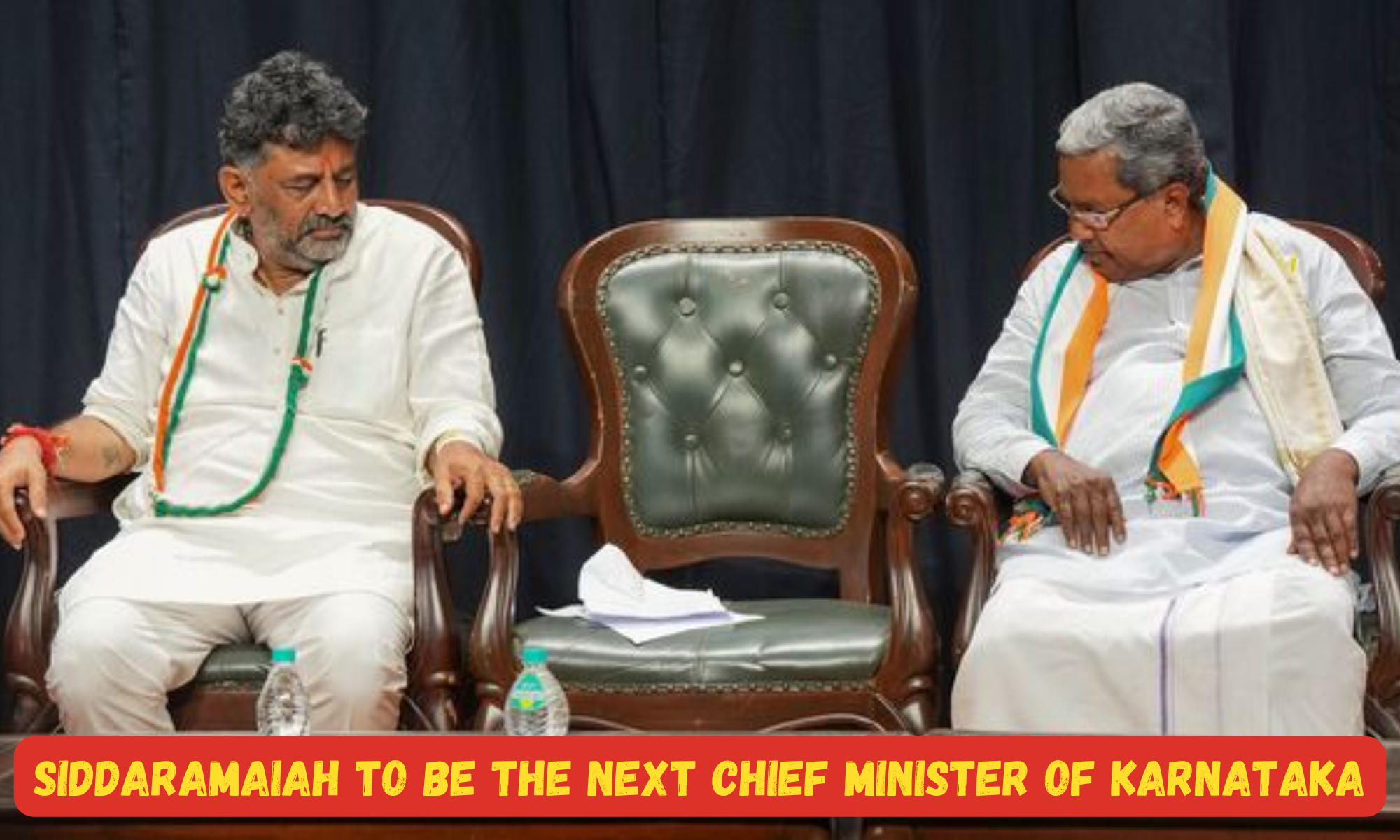
The Department of Empowerment of Persons with Disabilities (DEPwD) will be celebrating the Global Accessibility Awareness Day (GAAD) on 18th May 2023, with the vision to build an inclusive society in which equal opportunities are provided for the growth and development of Persons with Disabilities so that they can lead productive, safe and dignified lives. DEPwD, under Ministry of Social Justice and Empowerment, Government of India is the nodal body to look after all the development agenda of Persons with Disabilities of the country.
Keeping ‘inclusion’ as a central mandate, the Department with 65 institutes/organisations that are associated with DEPwD will be conducting events at more than 80 places across India. Celebrated on the 3rd Thursday of May every year the purpose of GAAD is to get everyone talking, thinking and learning about digital- web, software, mobile, etc. access/inclusion for people with different disabilities.
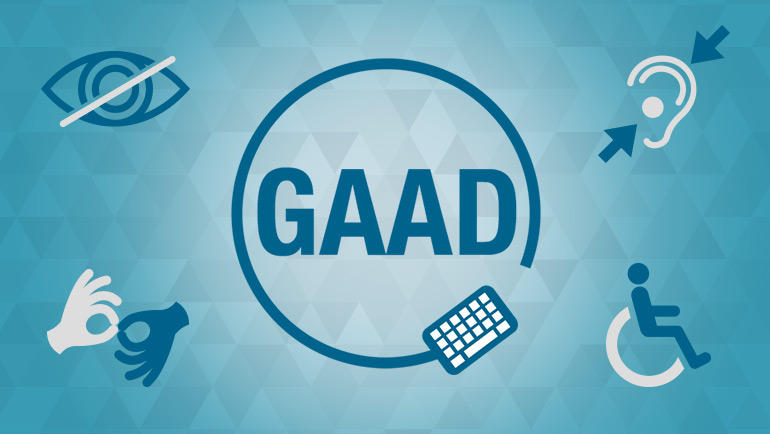
The celebration and awareness generation of GAAD by the Department is national level celebration that is poised to bring together all relevant stakeholders on a single day across multiple locations of India to share knowledge, experiences, views and ideas, and discuss the latest developments and trends in the field of Digital and technological accessibility. The celebration shall thus further strengthen mutual confidence and interoperability of institutions as per the needs of PwDs and also enable sharing of best practices. The exercise will be yet another milestone in strengthening digital accessibility in continuation to the 3-day Web-Accessibility Workshop organized by DEPwD in March 2023. With the firm belief that every Person with Disability deserves a first-rate digital experience on the web, the celebration of GAAD is a progressive step of DEPwD to enable Persons with Disabilities to participate as independent and productive members of society.
A high-level meeting was held to review the progress, monitor, and ensure the quality of Mission Amrit Sarovar, chaired by Shri Shailesh Kumar Singh, the Secretary of the Ministry of Rural Development. The meeting was attended by the Additional Chief Secretary, Principal Secretary, and Secretary of Rural Development from all States/Union Territories (UTs), the State Nodal officer for the Mission Amrit Sarovar, DM/DC/CEOs of over 700 districts, and District Nodal officers of the Mission.
As part of the celebration of Azadi ka Amrit Mahotsav, the Amrit Sarovar Mission was launched on 24th April 2022 with the objective of developing and rejuvenating 75 water bodies in each district across the country. The mission aims to create a total of 50,000 water bodies, each spanning an area of about an acre or more, contributing to the preservation and enhancement of water resources.
The Amrit Sarovar Mission has been initiated with a comprehensive approach involving six Ministries/Departments, which are as follows:
The online rural education initiative ‘Pahal’ was officially launched by Chief Secretary Durga Shankar Mishra at Government UP Sainik Inter College in Sarojini Nagar. This program, developed through a partnership between the Department of Secondary Education and IIT Kanpur, aims to provide education to rural communities through online platforms.
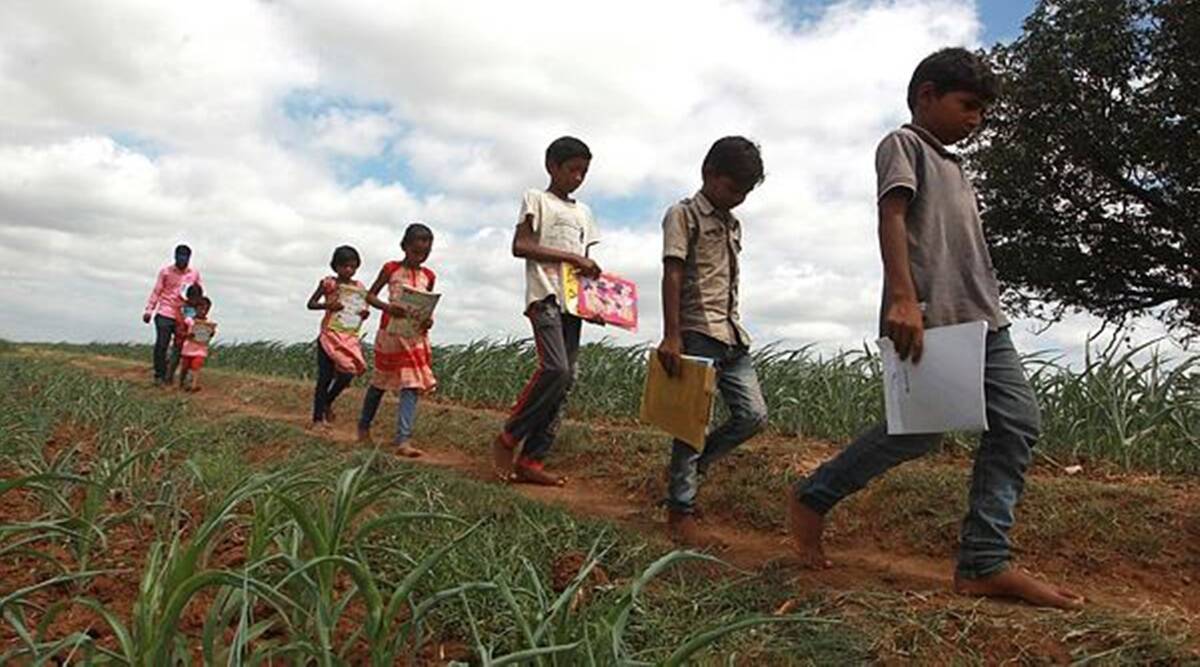
The International Day of Light is observed on May 16 every year to commemorate Theodore Maiman’s successful operation of the laser in 1960. This day serves as a reminder to enhance scientific collaboration and leverage its capacity to promote peace and sustainable progress. The International Day of Light is an annual event that recognizes the crucial significance of light in science, culture, art, education, and sustainable development.
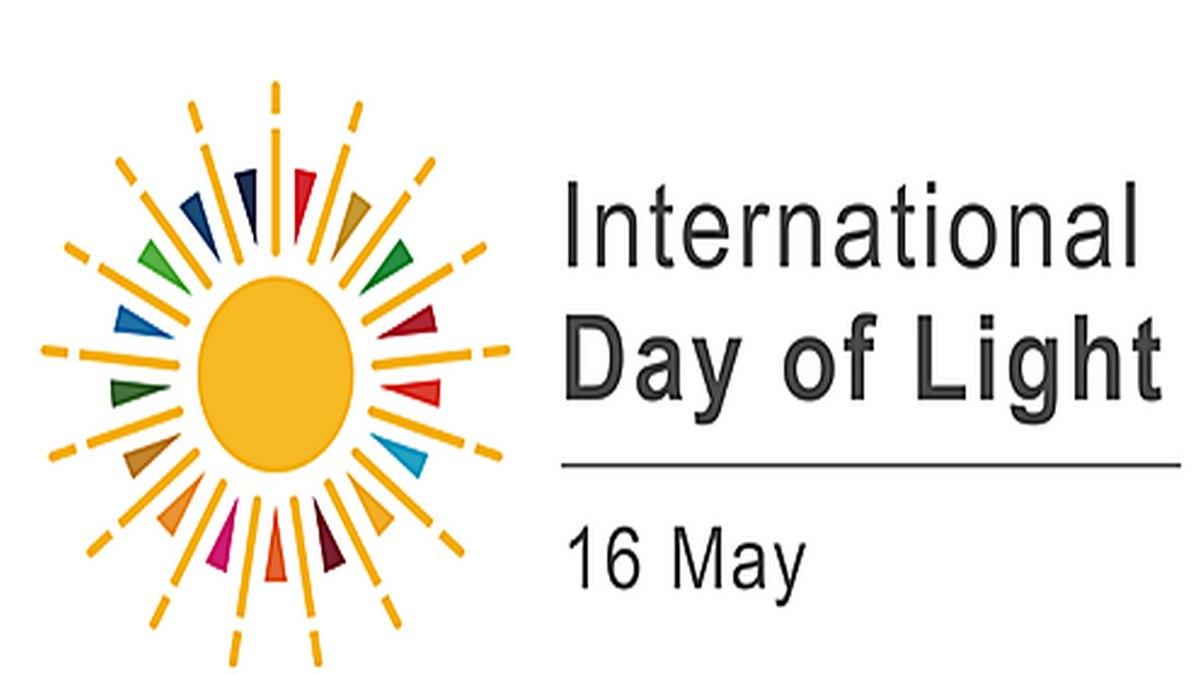
According to the provisional payroll data of ESIC, March 2023 witnessed the addition of 17.31 lakh new employees. This growth in employment is accompanied by the registration of approximately 19,000 new establishments, which brings these establishments under the social security coverage of the Employees’ State Insurance Corporation. This expansion in coverage ensures greater protection for workers. Furthermore, the data highlights the positive impact on youth employment, as individuals up to the age of 25 accounted for the majority of new registrations. Specifically, 8.26 lakh employees, constituting 48% of the total additions, belong to this age group. These statistics indicate a favorable trend of job creation and increased social security coverage for the nation’s youth.
The Employees’ State Insurance Corporation of India is a comprehensive social system that offers socio-economic protection to workers and their immediate dependents covered under the ESI scheme. Established under the Employees’ State Insurance Act, 1948, the scheme aims to provide integrated social insurance by safeguarding employees from the adverse effects of sickness, maternity, disability, and employment-related injuries. It also ensures access to medical care for insured individuals and their families. The ESI scheme is designed to provide a holistic support system for workers, addressing their healthcare needs and providing financial security during challenging times.
The primary objective of the ESI Scheme, as defined in the Employees’ State Insurance Act, 1948, is to safeguard employees against the consequences of sickness, maternity, disablement, and death resulting from employment-related injuries. Additionally, the scheme ensures access to medical care for insured individuals and their families. Its purpose is to provide comprehensive protection and healthcare support to employees as per the provisions of the Act.
The funding for the ESI Scheme is sourced through contributions from both employers and employees. Employers contribute 4.75% of the wages payable to their employees, while employees contribute 1.75% of their wages.
Employees who earn less than Rs. 137/- per day as daily wages are exempted from paying their share of contribution towards the ESI Scheme.
📢 ANNOUNCEMENT Library & Information Centre Date: 09/24/2025 To All Students & Faculty, We are pleased to announce that syllabus-o...
